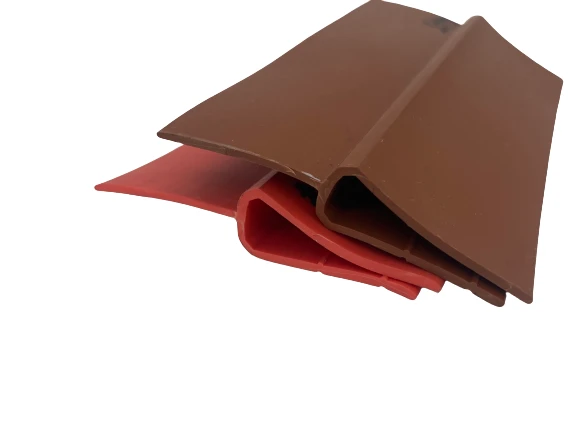Oct . 05, 2024 15:12 Back to list
weatherstrip on bottom of door
The Importance of Weatherstripping on the Bottom of Doors
Weatherstripping is an essential element in home construction and maintenance that often goes unnoticed. It serves as a barrier against moisture, dust, and unwanted drafts, ensuring that your home remains comfortable and energy-efficient throughout the seasons. Among the various places where weatherstripping is applied, the bottom of doors is one of the most critical areas. In this article, we will explore the benefits, types, and installation of weatherstripping on the bottom of doors.
Benefits of Weatherstripping
1. Energy Efficiency One of the primary advantages of weatherstripping is its ability to improve energy efficiency. Properly sealed doors prevent heated or cooled air from escaping, allowing HVAC systems to work more effectively. This leads to reduced energy consumption and lower utility bills. In regions with extreme temperatures, having an airtight seal at the bottom of doors is crucial for maintaining a comfortable indoor environment.
2. Moisture Control Moisture can cause significant damage to your home over time, leading to issues such as mold growth and wood rot. Weatherstripping acts as a barrier, preventing rain and snow from entering through gaps at the bottom of doors. This is especially important for exterior doors that are exposed to the elements.
3. Sound Reduction Weatherstripping can also contribute to noise reduction. It helps to block outside sounds from infiltrating your home, which is particularly beneficial if you live in a busy urban area or near a highway. A well-weatherstripped door can create a quieter and more serene living space.
4. Pest Prevention Insects and rodents can easily enter your home through small gaps in doors. Weatherstripping provides a physical barrier that helps keep these pests at bay. By sealing the bottom of doors, you can create a less inviting environment for unwanted critters.
5. Enhanced Comfort A drafty door can lead to uncomfortable temperature fluctuations within your home. Weatherstripping at the bottom of doors helps maintain a consistent temperature, ensuring that you and your family remain comfortable regardless of the weather outside.
Types of Weatherstripping
There are several types of weatherstripping materials that can be effectively used at the bottom of doors
1. Sweep Door sweeps are perhaps the most common form of weatherstripping for the bottom of doors. They are installed on the door's exterior and make contact with the floor to create a seal. Sweeps come in various materials, including rubber, vinyl, and aluminum, and are designed to withstand wear and tear.
weatherstrip on bottom of door

2. Thresholds A threshold is a strip of material that sits at the base of a door frame and provides a transition between two flooring surfaces. It can help close the gap between the bottom of the door and the floor, enhancing the weather seal.
3. Self-Adhesive Strips For easier installation, self-adhesive weatherstripping strips can be applied directly to the bottom of the door. While they may not be as durable as other options, they can provide an affordable and quick solution for sealing gaps.
Installation Process
Installing weatherstripping on the bottom of the door is a straightforward process
1. Measure the Door Start by measuring the width of the door to determine the length of weatherstripping required.
2. Choose the Right Material Select the type of weatherstripping that best suits your needs and preferences.
3. Prepare the Surface Clean the area where the weatherstripping will be applied to ensure a secure bond.
4. Attach the Weatherstripping Follow the manufacturer's instructions for installation, whether it's sliding a sweep onto the door or applying adhesive strips.
5. Test the Seal Once installed, test the seal by closing the door and checking for any gaps. Adjustments may be necessary to achieve a proper fit.
In conclusion, weatherstripping on the bottom of doors is a simple yet effective way to enhance your home’s energy efficiency, comfort, and protection against the elements. By investing a small amount of time and resources into this maintenance task, you can create a more pleasant living environment and reduce long-term renovation costs. Whether you choose a door sweep, threshold, or adhesive strip, the benefits are clear—weatherstripping is a vital component of maintaining a healthy and efficient home.




